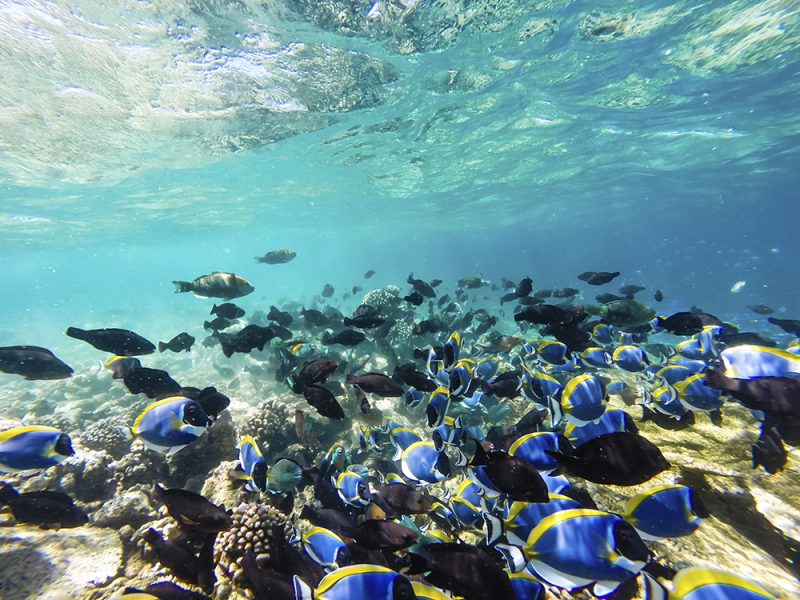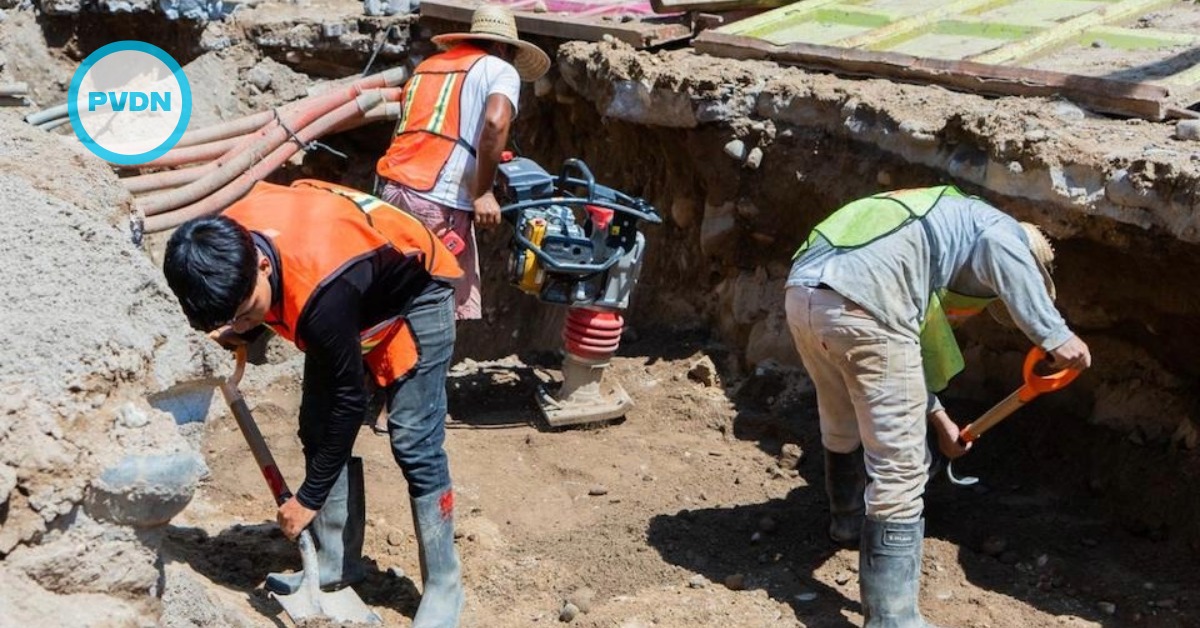Fifteen years ago, the waters around Islas Marietas in Mexico’s Nayarit State were so abundant with corals that people could see them for miles.
They were hard to avoid, too. “To go and surf in that area, you would have to wear tennis shoes because it was full of coral mountains,” said Javier Alvarez, a tourist operator and owner of outdoors shops from Puerto Vallarta, the nearest mainland city.
But unregulated tourism chipped away at fragile ecosystems to the extent that it was soon corals that needed protecting from humans, said Alvarez.
“Some days there were 3,000 tourists . . .






